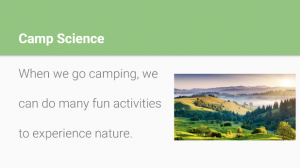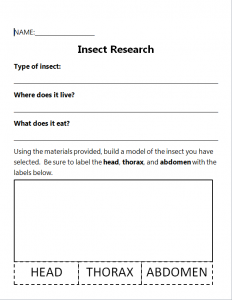As any teacher will tell you, every student is different. Each individual comes with a unique culture, appearance, preference, social skills, ability level, and more. Every year we are expected to learn all about a new group of children and deliver quality instruction.
With a new school year approaching, teachers are beginning to mull over old material and decide what will be appropriate. There is no better time than now to review differentiation. Find out why it is important, and how to implement this strategy throughout your lessons.
What Is Differentiation?
Differentiation is the process of delivering lessons to cater to different types of learners in the classroom. Differentiation is the face of new-age education, straying drastically from the old days. Gone are the days of teachers showing the same materials, the same tests, and the same experiments.
In today’s age of research, inclusion, and universal design learning, teachers are expected to adapt to their students and build a repertoire of empirically-supported strategies to support students. Not to be confused with a modification, differentiation is demonstrated through teaching in different modalities. It allows students to show their learning through multiple means–not altering or lessening the material.
An example of this might be allowing students to demonstrate knowledge through project-based learning instead of a traditional sit-down test or including visual supports in text with higher-level vocabulary.
Differentiation of Classroom Readings


Students who come to your classroom will have a wide variety of preferences when it comes to reading a text. Give students the option to experience the text with a variety of senses–auditory, visual, interactive.
Many textbooks allow for accessibility in these ways. Give students the opportunity to choose their preferred method if possible to allow everyone to access the material equally. STEM texts are written at a higher level than children are receiving in the classroom. This method may also help to save time reviewing vocabulary and providing reading-specific instruction.
Give Assignment Choices


Like reading preferences, give children options to demonstrate their knowledge of a topic. Make sure that your projects are representative of the different learning styles in your classroom, like auditory, visual, kinesthetic, and oral.
It is important to recognize that these projects are designed to demonstrate content knowledge, not the child’s ability to build a 100:1 scale volcano–so be realistic. Some students are going to excel at reading and writing and some students are going to excel at flowcharts. give your students the opportunity to show you what they know in the best way they know how!
Change The Environment
Altering the classroom structure or changing the scenery can be an excellent way to reach some students who struggle with a lecture-style classroom. Try breaking into groups, giving students isolation if needed, or even changing the look of the room. Most importantly, your room needs to be a flexible workplace that has areas to support group and individual instruction.
Be Flexible
These methods may seem cumbersome at first, and do require additional planning, but they support learning from ALL of your students. As a special educator, I utilize these strategies every day and they WORK. Albeit they do require some patience and persistence.
Just like anything in education, flexibility is key–so learn from your errors and differentiation will become easier and easier. You will find that the more students are given an option in learning, the more engaged and knowledgeable they will become!
What are some ways you could differentiate your instruction? Leave your suggestions in the comments below! As always, if you have any questions or suggestions about 3D printing, electronics, or engineering please leave a comment or email me at VincePrints3D@gmail.com.







Leave A Comment